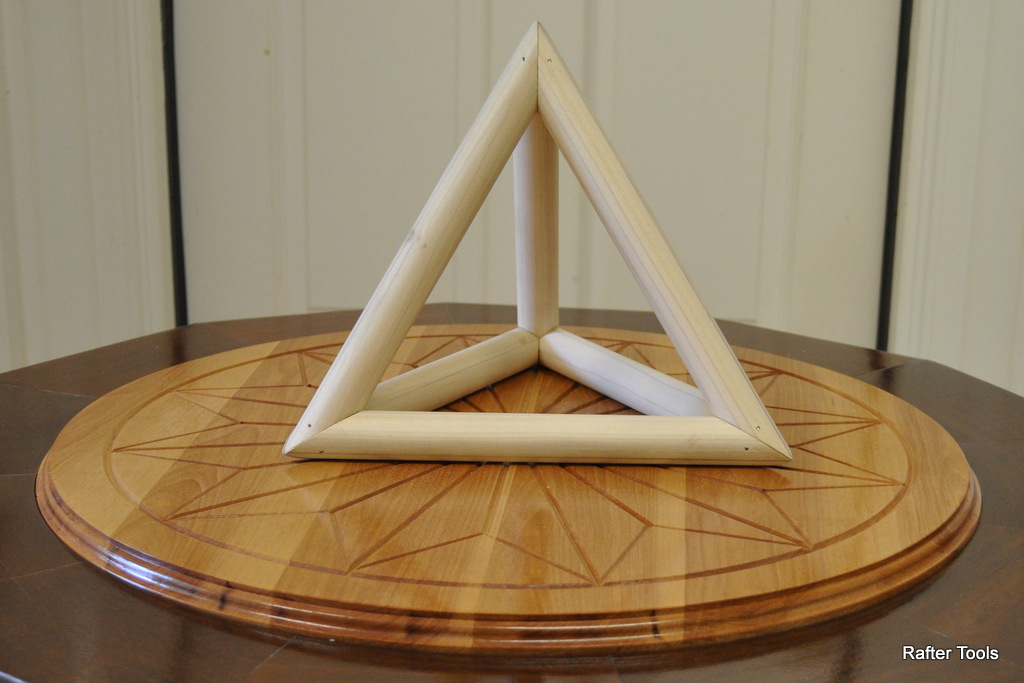
The same problem happens if we add more corners to the existing line of Platonic solids - while three pentagons meeting give a combined angle of 324 degrees at 108 degrees each, adding one more corner bumps this up to 432 degrees and makes creating a cohesive polygon impossible. To create a three-dimensional polygon, at least three faces need to touch, meaning the internal angle of identical hexagon vertices is 360 degrees (3×120) and the shape goes flat. Consider a hexagon, which has internal angles of 120 degrees at each corner. The answer is simple, if not immediately obvious: internal angles. Why five? Why not ten, twenty or a thousand Platonic solids? Icosahedron - 20 triangle faces, five triangles meet at each corner with combined angles of 300 degrees.Dodecahedron - 12 pentagon faces, three pentagons meet at each corner with combined angles of 324 degrees.Octahedron - eight triangle faces, four triangles meet at each corner with combined angles of 240 degrees.


Hexahedron (cube) - six square faces, three squares meet at each corner with combined angles of 270 degrees.Tetrahedron - four triangle faces, three triangles meet at each corner with combined angles of 180 degrees.Three of the other five Platonic solids - the tetrahedron, octahedron and icosahedron - have triangles on each face, while the dodecahedron has pentagons. Each internal angle is 90 degrees, meaning that the total at each vertex is 270 degrees. It has six sides, each of which is a square, with three squares meeting at each corner. Each Platonic solid has the same polygon on every face and the same number of polygons touching at each corner (which is called a vertex), and the internal angles of these meeting points add up to less than 360 degrees.įor an easy example, consider the cube.

So, what sets a Platonic solid apart from other shapes? It’s all about repetition. Now, a new dodecahedron discovery is shaking up the five solids framework with pathway permutation. These same-surface solids aren’t new to the mathematical party - they’re called “Platonic” because Athenian philosopher Plato famously associated them with elements of nature - but they still remain a source a mathematical mystery. They’re a unique group of three-dimensional shapes that have identical polygons on each face and the same number of polygons meeting at each corner. There are five Platonic solids: the tetrahedron, hexahedron (cube), octahedron, dodecahedron and icosahedron.


 0 kommentar(er)
0 kommentar(er)
